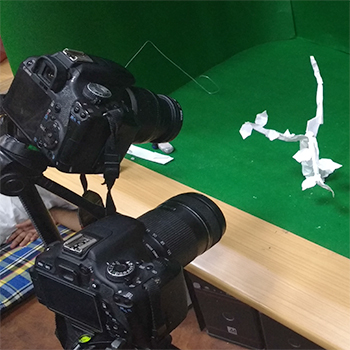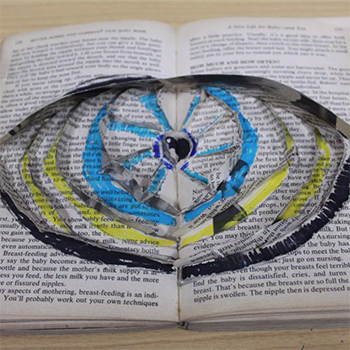The Connected Learning Initiative (CLIx) is the outcome of a collaboration between the Tata Trusts (India), the Massachusetts Institute of Technology (MIT, Cambridge, Mass., USA), and the Tata Institute of Social Sciences (TISS, Mumbai, India). CLIx has been created to provide young people from underserved communities opportunities for participation in quality education offerings through the meaningful integration of technology.
CLIx is geared to provide engaging, hands-on learning experiences in mathematics, three science subjects, communicative English, and digital literacy through the i2C (Invitation to CLIx) platform, integrated with value education and skills relevant to the 21st century.
In the first phase, these resources are being offered to students of government secondary schools in the four Indian states of Chhattisgarh, Mizoram, Rajasthan, and Telangana in their respective regional languages.
As a platform for innovation in education, CLIx also supports the professional development of in-service teachers, making substantial contributions to teacher education in Indian languages. Challenges facing students from rural areas who manage to reach high school tend to include weak foundations laid in primary school, an unavailability of resources in their own languages, isolation and poor access to learning opportunities, and a lack of qualified teachers, particularly in math, science, and English. In this context, CLIx addresses both curricular content and pedagogical approaches to work with students and teachers and deliver quality solutions at scale.




